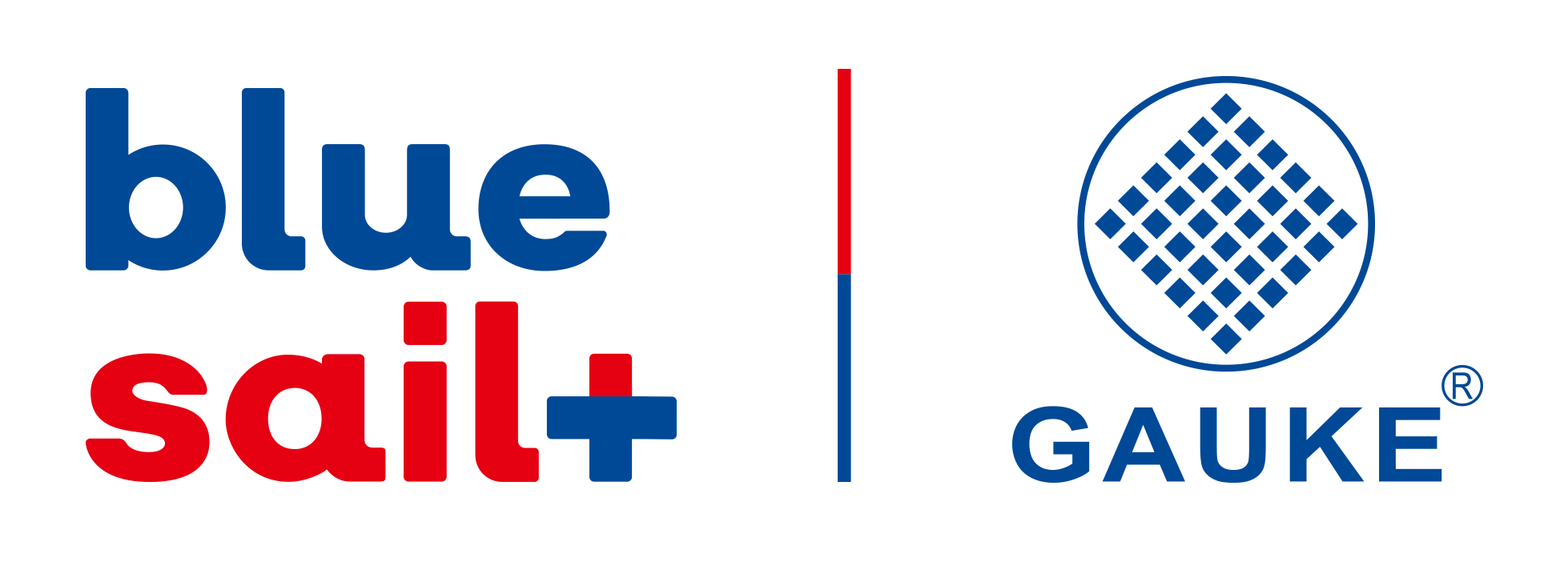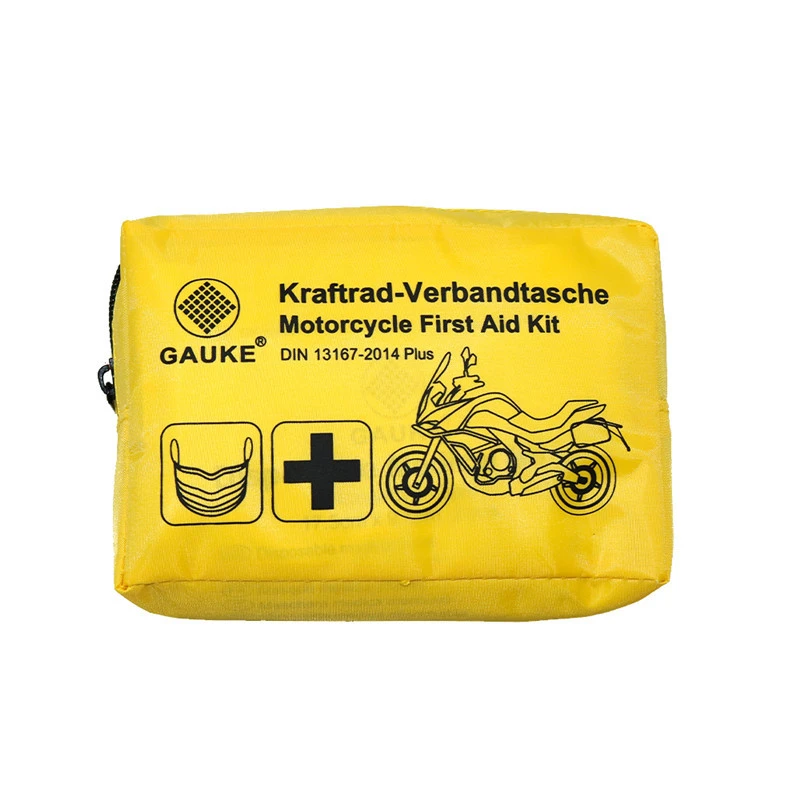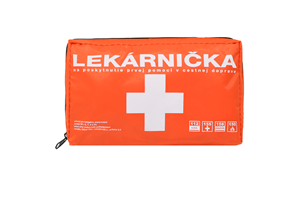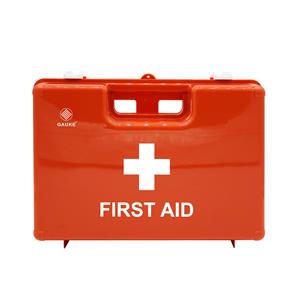Guide to Using Army First Aid Kits Written By the Doctor
First aid is an emergency measure that consists of usually simple, often life-saving methods that most individuals may learn with no or little equipment and no prior medical knowledge. This terminology primarily relates to providing care to humans, although it can also be applied to animals. It does not take the place of interventions by a skilled medical expert, but it can help save a life.
Basic or extensive army first aid kits are available in the market. What you want is dependent on your medical training and the distance between you and professional medical assistance. An accident or illness might hit you or someone close to you at any time. You may be able to prevent a minor issue from worsening by using an army first aid kit.
You may even save a life in the event of a catastrophic medical emergency by using an army first aid kit. That is why it is crucial to know basic first aid skills. Consider taking a first aid course to enhance the knowledge that you already have.
The main goal of an army first aid kit is to prevent a wound from any unsanitary conditions faced during your transfer to the hospital. By dressing the wound appropriately, the wound can be protected from dust, mosquitoes, sun, and other things. Every little mistake during transport may cause the wound to worsen; thus, the injured part should be properly bandaged using the army first aid kit.
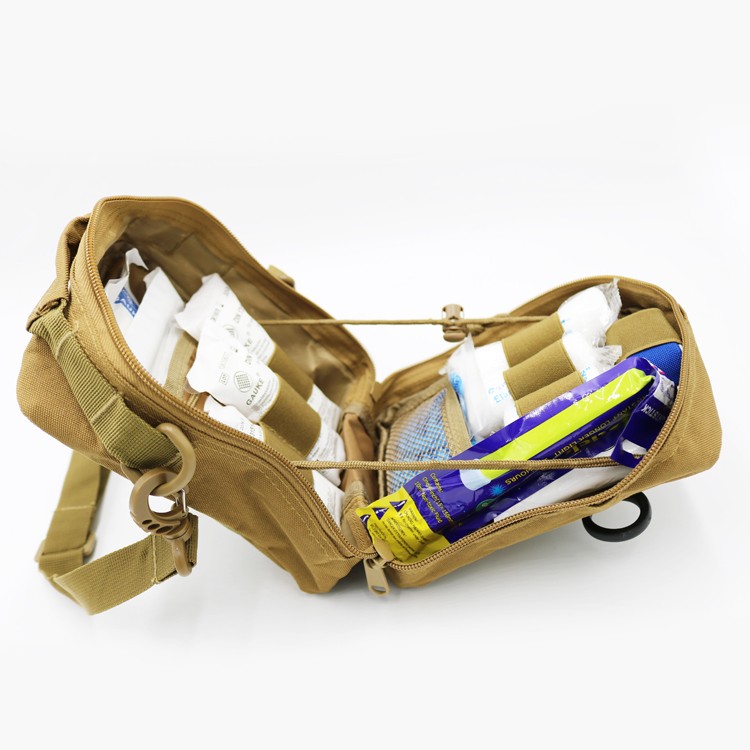
Contents of Army First Aid Kit:
You never know when you'll need to give or get basic first aid. Consider carrying an army first aid kit with you to be ready for the unpredictable conditions. Many first aid humanitarian organizations, pharmacies, and outdoor recreation retailers sell preassembled army first aid kits. You can buy the best army first aid kit from Gauke Healthcare.
A standard army first-aid kit should comprise the following items:
Important Dressings and Bandages:
These include:
· Scissors: To cut bandages, remove clothing from wounds, and for other emergency purposes.
· Safety Pins: To fasten dressings and slings.
· Plaster, Adhesive (1 Inch x 5 Yards): To hold on dressings.
· Cotton Pads: To remove liquid vesicant agents and to apply gas decontaminating solutions.
· Cotton, Absorbent, Compressed: For covering ear canals to prevent cold and wind, as well as eardrum protection.
· Bandage, Gauze, 4 Inches x 6 Yards: To hold dressings or splints in place.
· Eye Dressing: To dress eye wounds
· Bandage, Gauze, Adhesive: For quick dressing of small cuts, scratches, or blisters.
· Bandage, Triangular: To make slings and bandage wounds or injuries that require a large dressing. It can also be used as a tourniquet and to hold splints.
· Bandage, Gauze Compress, 2 x 2 Inches: For dressing small wounds.
· Bandage, Gauze Compress, 4 x 4 Inches: For dressing medium wounds.
· Dressing, First-Aid, Carlisle Model, Large: For dressing large wounds.
Important Medications:
These include:
· Salt Tablets: To avoid heat cramping and heat exhaustion. If you're dripping with sweat or have diarrhea or dysentery, mix two tablets into a cup of water.
· Bismuth Subcarbonate Tablets: To treat severe diarrhea. Take 4–6 tabs three-four times per day until diarrhea disappears.
· Iodine Swabs: To sterilize the skin around a wound. Remove the cap from the applicator and crush where it says "Crush here." Apply to the wound's margins and surrounding skin. Do not apply to the wound.
· Aspirin Tablets: For mild to moderate pain. Take one or two tabs as needed, no more than every three hours. In 24 hours, no more than 12 tabs should be consumed.
· Morphine Tartrate Solution: To reduce severe pain. Remove the morphine syrette's clear head. Grasp the wire loop and push it in to penetrate the inner seal, twisting as needed. Remove and discard the wire, insert the needle at least halfway through the skin, and inject the solution by gently pressing the syrette from the closed end.
· Burn Injury Set: Apply ointment thoroughly over burnt surfaces or over-dressing to be applied to these surfaces with a wooden applicator.
· Pontocaine Compound Ointment: For itching or pain relief induced by vesicant agents (war gases). Apply on burnt skin and rub in gently.
· Protective Ointment M-4: For the treatment of liquid vesicants (war gases) to the skin. Blot the skin dry. Apply ointment on a cotton pad and rub in for 20 seconds; rinse ointment; repeat three times, rubbing in and then removing ointment.
· Insect Repellent: To keep insects away. Apply a tiny amount of liquid to the exposed skin surface.
· Eye and Nose Drops: To alleviate pain and irritation in the eyes and nose. Use one or two drops in each eye or nostril. Use as often as necessary.
· Suction Kit: For snake or poisonous bug bites, as well as wounds caused by poison darts or other missiles.
· Sulfadiazine Tablets: To prevent infection in wounds. Take eight tabs by mouth, followed by plenty of water.
· Topical corticosteroids: For example, Hydrocortisone 1% for rashes
· Oral Antihistamines: For allergic reactions, itchy rashes, diphenhydramine (Benadryl induces drowsiness) or loratadine (Claritin does not induce drowsiness).
· Anesthetics: For irritating rashes and bug bites, use a spray (Bactine) or lotion (Calamine, Campho-Phenique).
Things That You Should Keep In Mind About Your Army First Aid Kit:
Always remember that:
· Keep the cleanliness and hygiene of the contents of your army first aid kit.
· Prepare to improvise with extra supplies in addition to the contents of the army first aid kit.
· Always keep in mind that the army first aid kit has a distinctive symbol.
· It should not be used for anything other than First Aid.
Safety Precautions While Using Army First Aid Kit:
When giving first aid, it is crucial to protect yourself from communicable infections and other hazards. To help protect yourself, always check for any hazards before approaching a sick or injured person.
· Direct contact with vomit, feces, and other body fluids should be avoided.
· While treating somebody with an open wound, use protective equipment such as nitrile or vinyl gloves or a breathing shield when administering rescue breathing.
· After administering first aid, quickly clean your hands with water and soap.
· In many circumstances, basic first aid using the army first aid kit can help prevent a small condition from worsening. Army first aid kit may potentially save a life in the event of an emergency. If someone has a major injury or condition, they should seek medical attention immediately.
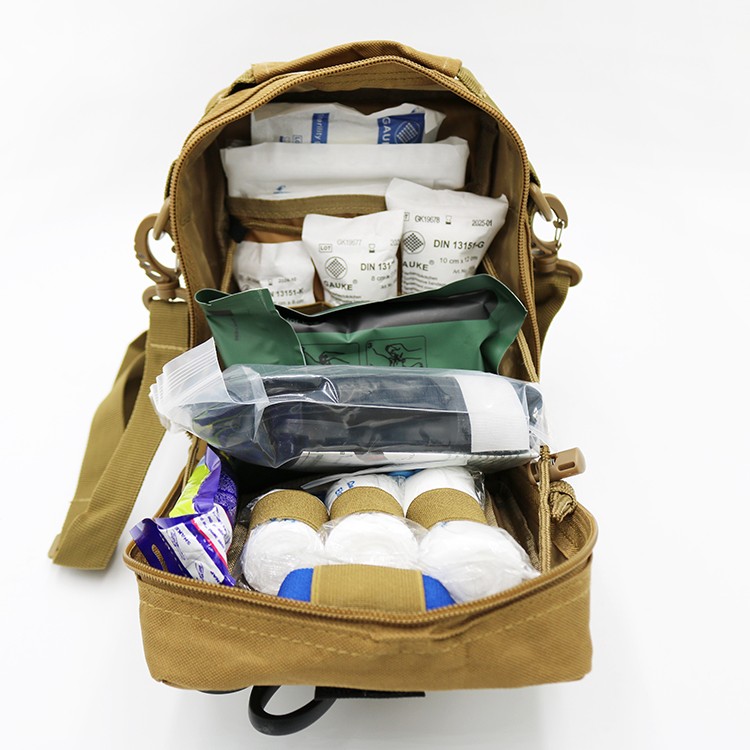
How To Practice First Aid?
ABC is the most commonly used word in first aid. ABC means airway, breathing, and circulation. Some hospitals' emergency protocols will include a fourth stage.
· Airways: Check the airway for obstructions.
· Breathing: Check if the person can breathe or not and, if required, administer rescue breathing.
· Circulation: If the person in the emergency condition is not breathing, the first aid provider should immediately begin chest compressions and rescue breathing. Chest compressions will increase circulation. This saves a lot of time. In non-life-threatening conditions, the first aid giver must check the pulse.
· Deadly Bleeding Or Defibrillation: It includes healing serious wounds or performing defibrillation on the heart to be a separate fourth stage.
ABC evaluation and maintenance with a person is dependent on a first aider's training and expertise. Once ABC has been established, the first aid giver may focus on any additional interventions. There are situations when a first aid provider must do two things at once. This might occur when performing rescue breathing and chest compressions on a person who is not breathing and has no pulse.
Benefits Of Using The Army First Aid Kit:
The most important benefits of using the army first aid kid include the followings:
1. Army First Aid Kit Provides You Tools To Save A Life:
Army first aid kit provides you with tools to keep the condition from worsening. In certain cases, if someone does not get basic first aid care right away, their situation will quickly deteriorate. You can stabilize a person till emergency medical personnel come if you can have an army first aid kit.
2. Army First Aid Kit Promotes A Safe Life:
Army first aid kit promotes healthy and safe life. One of the first things you will learn in your first aid training is that you must prioritize your safety and well-being. It's not selfishness; it's common sense. Keeping yourself safe ensures that you can help others rather than seek aid yourself. You will also understand the significance of healthy living and how your lifestyle habits and choices can raise or reduce your chances of developing conditions like coronary heart disease. Knowledge of using the army first aid kit helps you be more conscious of your health and cautious of any threats in your surroundings.
3. Army First Aid Kit Can Do More Than Just Saving A Life:
Army first aid kit does more than only help in the saving of lives. It is undeniable that having army first aid kits helps save lives. But that's not all; providing effective first aid quickly can assist to shorten a person's recovery time and decide if the patient has a temporary or long-term condition. You'll learn how to stay cool in an emergency Army first aid kits will make you more confident and comfortable, allowing you to be more effective and in control when needed.
